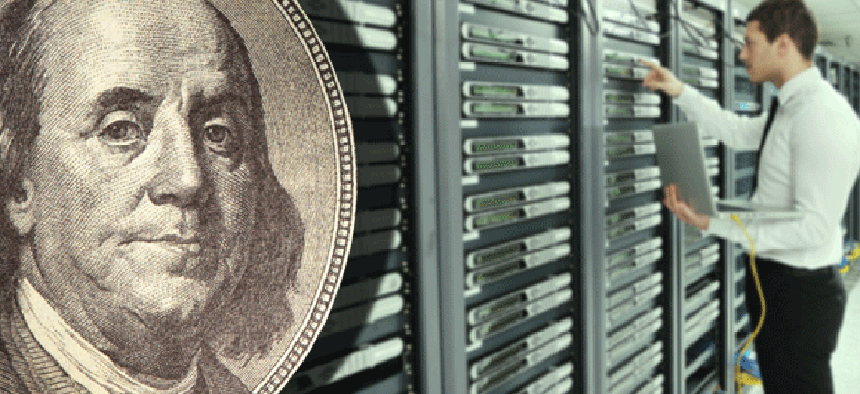6 steps to data center savings

The goal of any consolidation project is savings. Here’s a checklist to help make sure things go right.
Fourth of four parts.
Agencies continue to consolidate and virtualize servers under the Federal Data Center Consolidation Initiative, with savings — in space, energy use and, ultimately, money — as a primary goal. Here are six ways to help ensure a consolidation project comes up green.
1. Consolidate voice, data and video onto one IP-based network
Aging analog phone systems are money pits, due to maintenance costs, dedicated personnel and electricity needs. The Energy Department’s Hanford site in Washington saved $8 million by purchasing a new Voice over IP phone system instead of a like-for-like replacement of its aging Lucent plain old telephone service.
2. Virtualize servers
In a 2012 report, the IRS said it saved $10.2 million in equipment costs over two years from virtualizing its servers, and it expects an additional $1.3 million in annual savings as a result of lower electricity bills. The IRS said it could save another $7.7 million over the next five years if it virtualizes all of its servers.
3. Virtualize desktops
Desktop computers cost twice as much as thin clients, consume 80 percent more power and require significantly more help-desk and other support services. DOE Hanford expects to save $40 million between now and 2019 by migrating its entire workforce to virtualized desktops and thin clients.
4. Adopt energy-efficient cooling and power systems
One of the best investments agencies can make is modern air conditioning systems for their data centers. Utah bought an evaporated AC system and adopted hot-and-cold aisle containment, and it immediately started saving $8,500 per month in its electric bill.
5. Deploy state-of-the-art storage systems
Storage represents 25 percent to 50 percent of data center expenditures, so it is an area for significant capital and operational savings. Hanford is using 50 percent fewer storage drives – with commensurate savings in floor space and electricity -- because of NetApp’s cloning, provisioning, flash and other optimization technologies.
6. Add environmental monitoring software to your IT infrastructure
Environmental monitoring software allows data center operators to track efficiency on a real-time basis. Utah is using the Niagara Framework to record a Power Usage Effectiveness (PUE) score ranging from 1.2 to 1.3, with 1.0 being a perfect score.





